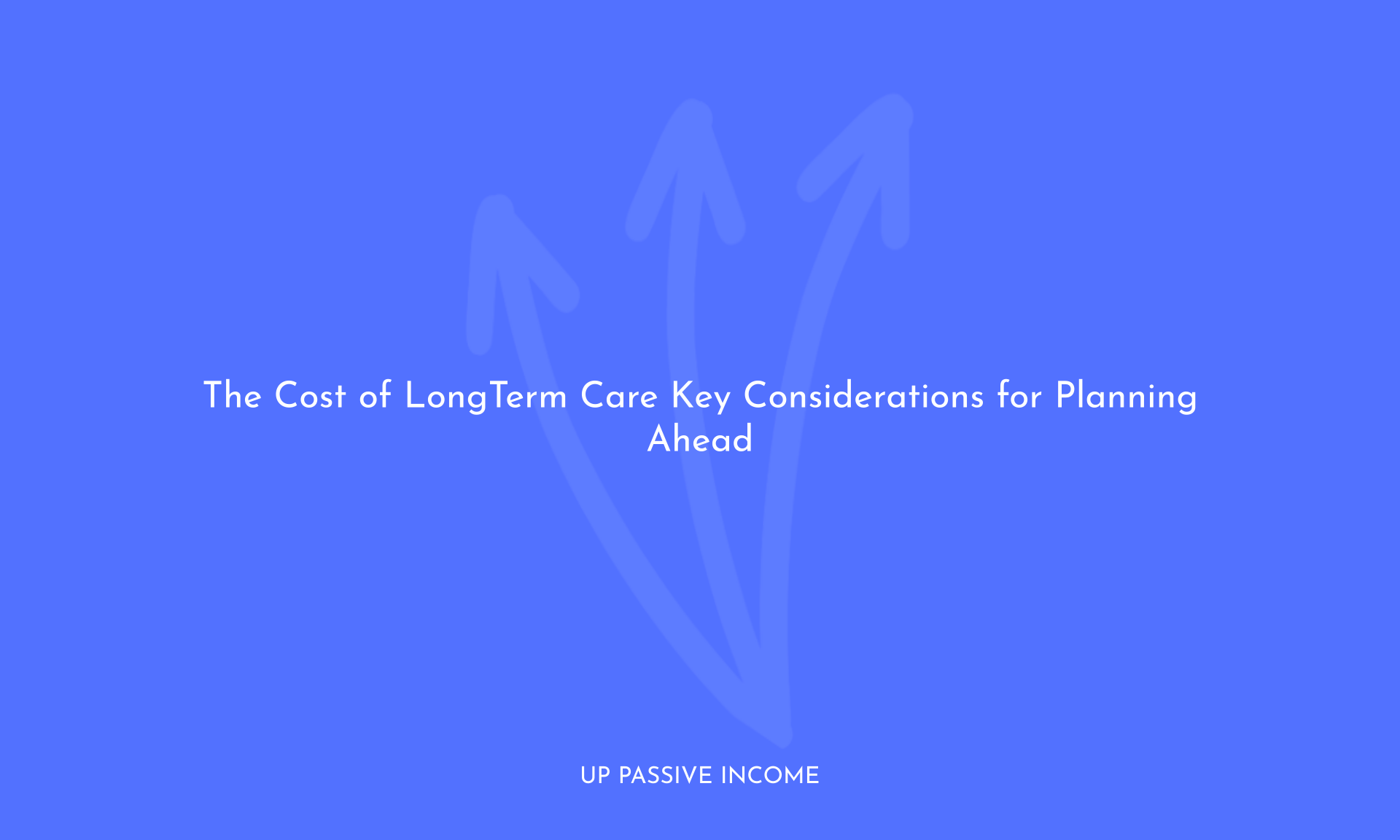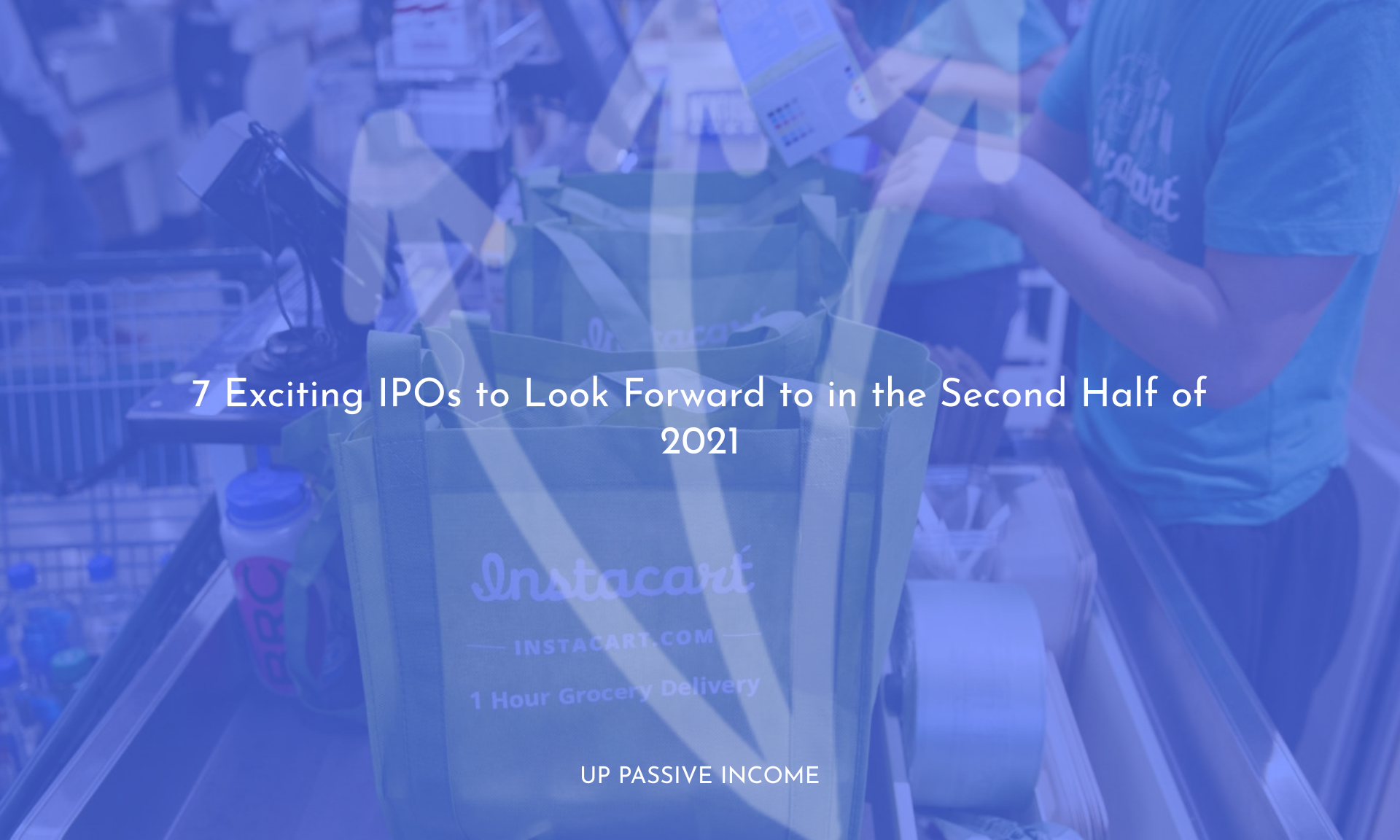Most people over 65 will eventually need some form of paid care. Here are some ways to plan ahead.
Discover the crucial aspects of long-term care costs and learn how to effectively plan for this expense. As individuals age, the likelihood of requiring some form of paid long-term care increases. Gain valuable insights and practical tips to prepare yourself for the financial implications of long-term care.
Table of Contents
Many people are frightened of long-term care costs — for good reason.
Most people over 65 eventually will need help with daily living tasks, such as bathing, eating or dressing. Men will need assistance for an average of 2.2 years, while women will need it for 3.7 years, according to the U.S. Department of Health and Human Services Administration on Aging.
Many will rely on unpaid care from spouses or children. However:
-
More than one-third will spend time in a nursing home, where the median annual cost of a private room is now over $100,000, according to insurer Genworths 2018 Cost of Care Survey.
-
Four out of 10 will opt for paid care at home, and the median annual cost of a home health aide is over $50,000.
-
Overall, half of people over 65 will incur long-term care costs, and 15% will incur more than $250,000 in costs, according to a study by Vanguard Research and Mercer Health and Benefits.
Medicare wont help
Medicare and private health insurance typically dont cover these “custodial” expenses, which can quickly wipe out the $126,000 median retirement savings for people age 65 to 74. People who exhaust their savings could wind up on Medicaid, the government health program for the indigent that pays for about half of all nursing home and custodial care.
People who live alone, are in poor health or who have a family history of chronic conditions have a greater-than-average likelihood of needing long-term care. Women face special risks, since we tend to outlive our husbands and thus may not have anyone to provide unpaid care. If our husbands need paid care that wipes out our savings, we could face years or even decades living on nothing but Social Security.
Certified financial planner Margarita Cheng persuaded her parents to buy long-term care insurance when her dad was 68 and her mom was 54. Five years later, he was diagnosed with Parkinsons disease. The policy paid for $225 of the $260 daily cost of his 24-hour care in the final months of his life, she said.
“My dads disease could have been devastating financially for my mom,” Cheng says. “Her mom lived to be 94, so my mom could easily have 30 more years in retirement.”
» MORE: Best online will makers
Everyone needs a plan
Everyone approaching retirement age should consider their potential risks and have a plan to deal with long-term care expenses, financial planners say.
“The earlier they start planning, the more choice and control they have,” Cheng says.
The options include:
Long-term care insurance . The average annual premium for a 55-year-old couple was $3,050 in 2019, according to the American Association for Long-Term Care Insurance. Premiums are higher for older people, and those with chronic conditions might not qualify. Policies typically cover a portion of long-term care costs for a defined period such as three years. In the past, big premium hikes forced many people to drop their policies after they became unaffordable. Financial advisors say the insurance is now more accurately priced, although people should still plan on premiums that could rise 50% to 100%.
Hybrid long-term care insurance. Life insurance or annuities with long-term care benefits now outsell traditional long-term care insurance by a rate of about 4-to-1. With these products, money that isnt used for long-term care can be left to heirs. These products typically require you to commit large sums: $100,000 upfront, for example, or paid in installments over 5 to 10 years, although some now have “lifetime pay” options that average about $7,000 a year.
Home equity. People who move permanently into a nursing home may be able to sell their houses to help fund the care. Reverse mortgages may be an option if one member of a couple remains in the home. These loans allow people to tap home equity but must be repaid if the owners die, sell or move out.
Contingency reserve. People with substantial investments could earmark some of those assets for long-term care. The investments can produce income until theres a need for long-term care, and then be sold to pay for a nursing home or home health aide.
Spending down to Medicaid. People who dont have much saved, or who face a catastrophic long-term care cost that wipes out their savings, could end up depending on Medicaid. There are ways to protect at least some assets for spouses, but those typically require planning with an elder law attorneys help. You can get a referral from the National Academy of Elder Law Attorneys.
This article was written by NerdWallet and was originally published by The Associated Press.
Thanks to Source
long-term care costs



